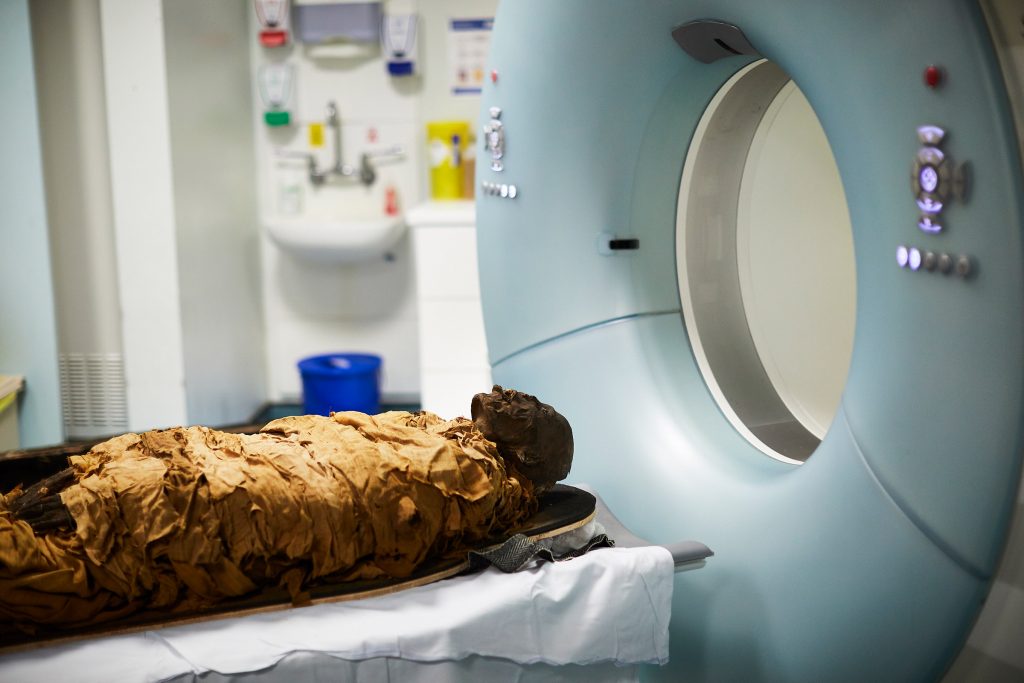London: In a first, researchers have recreated the sound produced by a 3,000-year-old mummified Egyptian priest by 3D printing his intact vocal tracts, an advance that may lead to new ways of listening to the vocalisations of ancient humans.
The researchers, including those from the University of London in the UK, believe the Egyptian mummy, Nesyamun, lived during the politically volatile reign of pharaoh Ramses XI between 1099 and 1069 BC, over 3000 years ago.
According to the study, published in the journal Scientific Reports, Nesyamun worked as a scribe and priest at the state temple of Karnak in Thebes — modern day Luxor — and his voice was an essential part of his ritual duties which involved spoken as well as sung elements.
The scientists used an X-ray device called a computed tomography (CT) scan to perform a detailed analysis of Nesyamun’s intact mouth and throat.
They then recreated the mummy’s voice box, or larynx, using 3D printing — a process which builds a three-dimensional object from a computer-aided design model, usually by adding material layer by layer.
When the researchers used the 3D printed setup with an artificial larynx commonly used in speech synthesis, they could reproduce a single sound, falling between the vowels in the English words ‘bed’ and ‘bad’, the study said.
“The precise dimensions of an individual’s vocal tract produce a sound unique to them. If the tract dimensions can be scientifically established, vocal sounds can be synthesised by using an electronic larynx sound source, and a 3-D printed vocal tract,” the scientists wrote in the study.
However, they added that the acoustic output is a single sound, and does not provide the basis for synthesising running speech.
According to the researchers, their proof-of-concept recreation of a vocal tract preserved over three millennia may pave the way for new ways of presenting the past to the public.
PTI
